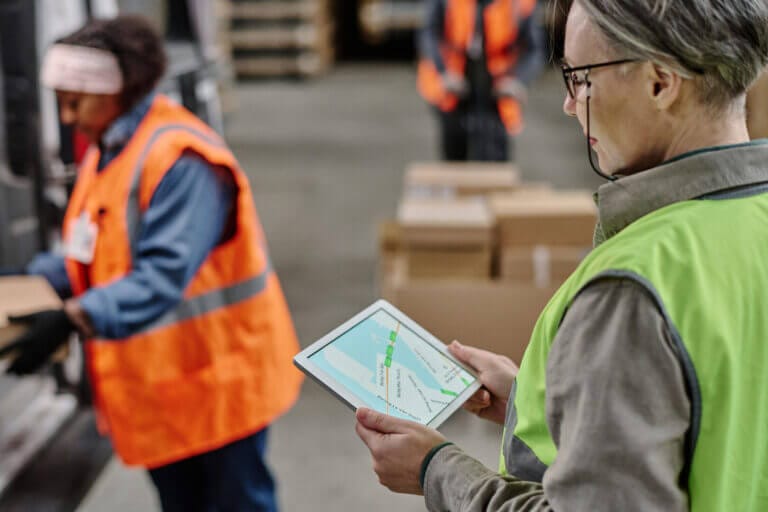The COVID pandemic has changed virtually everything we know and understand about the world, including the business world. We’ve seen how some businesses have struggled, to the point where they’ve had to close up for good.
But there have also been some benefits that coronavirus has brought. In some sectors, the pandemic hasn’t been a negative force; it’s just accelerated changes that we’re likely going to happen anyway. For example, with so many people at home, we’ve seen a huge rise in online ordering. This was already popular, but it’s become even more important now.
The Rise of ECommerce
So how exactly has the coronavirus pandemic given rise to eCommerce? It’s happened in various ways. First, people were confined to their homes, but their desire to shop remained the same. In some ways, it was even more prominent, especially since many people whose job was unaffected by the pandemic were actively saving money during the lockdown. Without the ability to go to the stores, many people turned online. Perhaps most crucial for the online shopping boom was the rise of first-time digital shoppers. Many people who buy online will continue to do so, after they’ve done it for the first time. After the first-timers had seen the convenience and pleasure from online shopping, they stuck with it — and that’s a trend that’s likely to stick around even after the pandemic is over.
Nearby Warehousing
Online retailers have a responsibility to keep standards high, for the sake of their customers, and for their own long-term prospects. One way in which they do is to keep delivery times to a minimum. The standard processing and delivery times have been increasing in recent years, to the point where any company that is too slow is unlikely to get too much repeat business.
Of course, this is a challenge. It’s not easy to process and deliver goods quickly, not all the time, at least. There are solutions available, however. One such method to use high demand warehousing — this can involve two separate approaches. One is to establish a warehouse in an area close to where the customers are. Another is to use on-demand warehousing. This is where you can adopt space in a warehouse on a flexible basis, depending on your needs. It’s part of the sharing economy. Rather than having your own warehouse, you can rent space in an existing space.
The other way that eCommerce retailers meet their demands is to think about staffing. You can bring employees on board, and then outsource your worker when there’s a dip in demand. Alternatively, you can also make the most of temporary staffing. If you’re going to hit a rush of order, then you can bring in a worker on a temporary basis.
The Future
In the future, it seems likely that things will be even more advanced and speedy. For example, many companies are now trying to offer same-day delivery, which is considered the Holy Grail when it comes to the online shopping experience.


